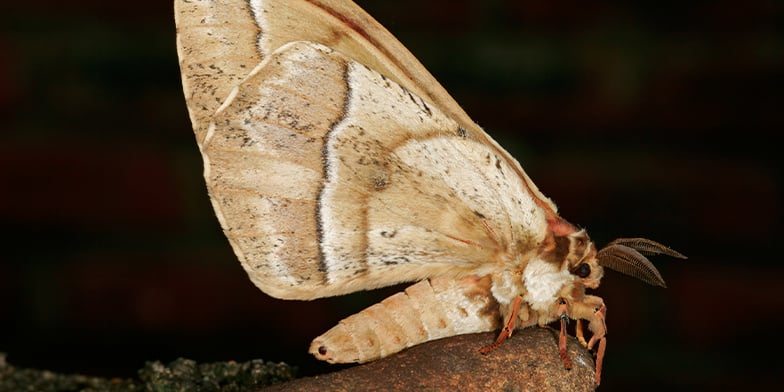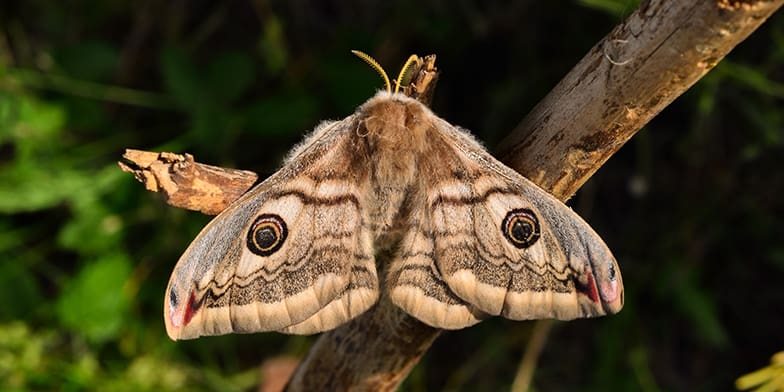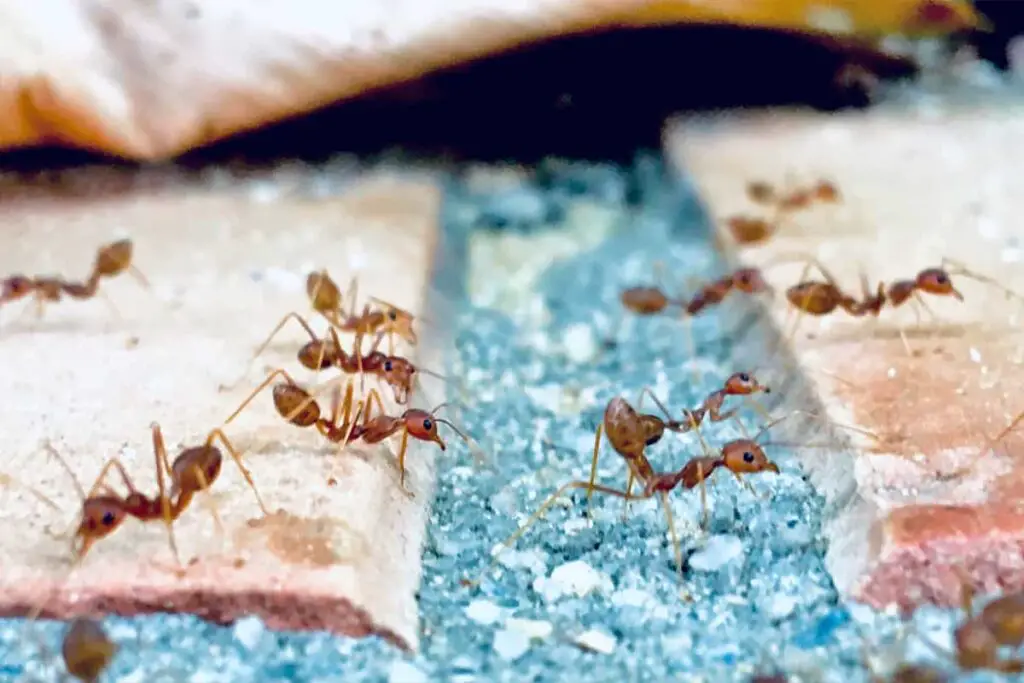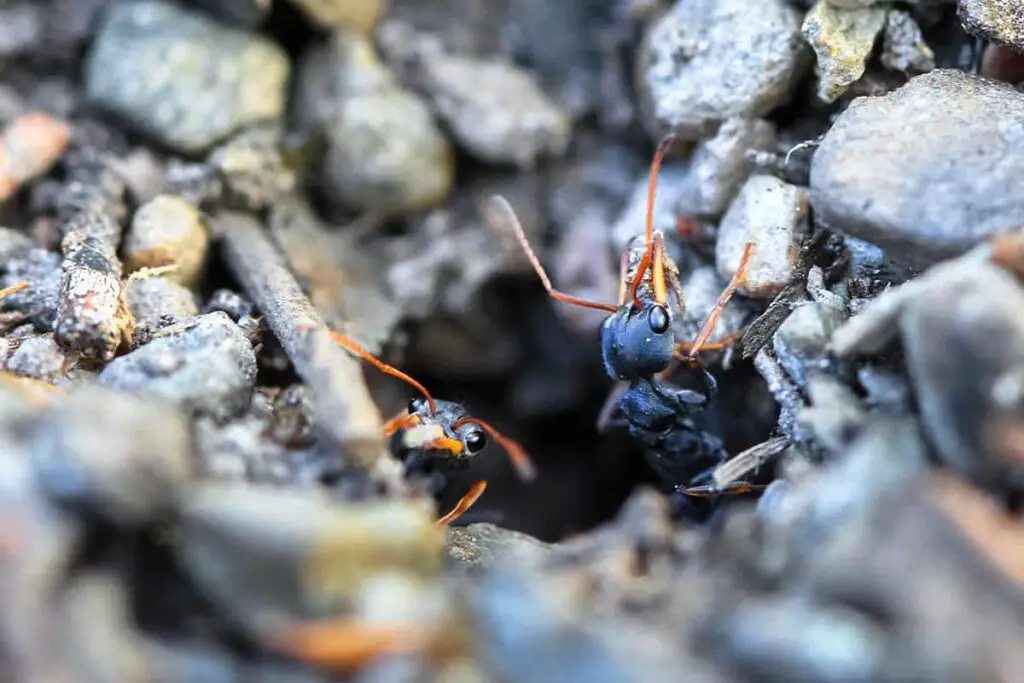
Here’s a fun fact for readers, did you know that snails can sleep for up to three years if the climate isn’t survivable? They just take themselves into what’s called ‘estivation’ and sleep until the weather allows them better moisture. Did you know there are multiple insects and animals that don’t sleep at all?
Some insects need as much sleep as a human does or they cannot function. There are also some insects that rarely need sleep, if at all. Insects’ sleep behaviors are often different from humans and animals in that they may be in a ‘torpor’ state but are not physically asleep.
Insects are amazing, whether colorful or neutral, they can fly and taste with their feet or pollinate our gardens and make honey, some can even jump as high as 28 inches. There is no limit to what insects can do, including surviving without sleep. Stay awake and keep reading below to find out which insects don’t need to sleep and how they manage without coffee.
Which Insects Don’t Sleep?
Some insects need as much sleep as a human does, like flies, bees, and crickets, and many other insects you can think of. But there are also a few insects that can get by without much sleep at all.
There are also multiple animals, such as elephants, giraffes, and whales that hardly need any sleep at all. These animals are usually too busy on the lookout for predators or food or keeping their bodies warm and alive, to be too mindful of sleep.
While sleep is important for most living creatures, scientists have researched and found that not all bugs contain eyelids. With eyes open 24/7, it might be a little difficult for these little critters to get some shut-eye. But there’s also a state called torpor that many creatures need more than sleep.
Here are some of the common insects that don’t get much sleep and might prefer some downtime ‘torpor’, or power naps, throughout the day:
Butterflies
At night, butterflies enter a quiescent state of dormancy. They hide themselves away in bushes and leaves away from predators that come out at night.
They remain conscious but enter a low energy and low metabolic state to conserve the energy needed to find a mate during daylight.
Ants
Because they seem to work so hard and never stop working, a common question for ants is whether these little marchers ever march themselves off to bed.
Ants choose to powernap rather than sleep.
They are extremely small creatures, and while we humans realize more every day that this world is not so big after all, it is still a rather large world for ants. In this instance, they do need to get some sleep to be able to keep up the hard work.
Ants will take up to 250 naps a day!
Each nap can last up to 6 minutes which means they generally get about 5 hours of shut-eye a day. Although we can’t call it shut-eye when they don’t have eyelids can we?
Moths
Although moths are attracted to light, they prefer to come out at night.
Moths prefer to be inactive during the day and just like butterflies will take themselves somewhere to hide while they’re “sleeping”.
There are many species of moths that do prefer flittering about during the day rather than the night but around 75 – 85% of months are nocturnal.

Bullfrogs (Amphibians)
Ok, so bullfrogs are not insects, they are in the Animalia species of amphibians. But we wanted to include them here because an extremely interesting fact about bullfrogs is that they do not sleep at all. They also don’t enter into torpor, hibernation, dormancy, or quiescent.
Research shows that, although bullfrogs have brains and a nervous system, they are always alert and always ready to react to stimuli.
What is Torpor?
Any living creature or being with a nervous system technically needs rest or sleep to function well. However, as mentioned above, Some insects hardly need any sleep at all, instead, what they might need is a ‘torpor’ state for their rest.
While sleep provides our bodies and brains the time we need to rest, recover, and restore our mental state, torpor offers a similar recovery state but without actually going to sleep.
Torpor is a sleep-like state where body temperature and physical activity are decreased enough in an animal or insect to relax their body. While in a state of torpor, creatures do not need to rely on food for survival and can remain in torpor for prolonged periods if needed.
Creatures will go into torpor to slow down their metabolic rate when weather conditions are not ideal for their survival, and they need to conserve their energy. They will also do this when food is scarce, like in winter, so that they can live off little to no food if necessary.
You could consider hibernation and torpor as being quite similar but where hibernation depends entirely on extreme temperatures, torpor is not so dependent on these factors.
While in a state of torpor bugs are very still and unmoving. Have you ever found a moth on your wall and tried to scare it away, but it wouldn’t budge? You might have thought this guy is sleeping or maybe he’s just not afraid. Chances are, he was just resting in torpor.
Bugs can quickly come out of their resting state, however, if they are stimulated enough to do so. For example, if you happened to clap your hands on the wall beside where the moth is resting, he might feel threatened enough to wake up and find a new spot away from your annoying wakefulness.
When are Insects Most Active?
Just as humans are all different and some of us are morning people while others aren’t fans of the sun, some bugs prefer the daylight while others prefer none.
Here are some insects that love the heat and might join you for some sunbathing if it’s warm enough:
- Bees
- Butterflies
- Wasps
- Beetles
- Ladybugs
- Dragonflies
- Flies
These daytime-loving insects are what we call ‘diurnal organisms’ and can also be referred to in plants that sleep at night and wake up with the sun.
These daylight insects are their busiest during the hours where the sun is up and get most of their torpor rest or sleep in the evenings when the temperatures are much lower, and they need to recover from a hard day’s work sweating in the sun.
They become inactive at night, then in most cases, if temperatures are warm enough, they will become active again the following day. Some insects may continue to roam through the evening if temperatures are still warm enough.
This behavior is also commonly seen in birds, reptiles, and mammals such as songbirds, squirrels,
Here are the little insects that much prefer the coolness and stillness of the night:
- Crickets
- Bed bugs
- House centipedes
- Moths
- Slugs
- Earwigs
- Mosquitos
- Kissing bugs
Commonly referred to as nocturnal, these bugs much prefer spending their time out and about when the sun goes down or as it starts to go down. That’s usually when you’ll start to see swarms of mosquitos if the weather isn’t too cold.
You already know that owls and raccoons are nocturnal, but did you also know that the spiny mouse, the pygmy slow loris, and some ferrets are nocturnal too? These party animals much prefer to sleep all day and hunt all night.
That also means it’s much easier for these hunters to catch the abovementioned insects at night too. They’d have a hard time finding and catching bees, wasps, butterflies, and other daytime creatures while they’re in torpor because they’d be too hard to see.
Conclusion
Insects have similar nervous systems to humans in that they have a brain that controls how they see, smell, hear, taste, feel, and react.
Sleep and rest are important for staying alert, fighting fatigue, and recovering from hard work and most of us, including insects need this rest for recuperation or healing. Insects are no different except that instead of sleeping as humans do, they enter a state of torpor and rest until they are ready to keep working, hunting, or mating.
References
5 Animals That NEVER Sleep (And How They Manage Without) – AnimalHow.com
The World’s Most Interesting Insects | Science | Smithsonian Magazine
Do Bugs Sleep? | Thompson Bros Exterminating (thompsonexterminating.com)
Do Insects Sleep? (thoughtco.com)
Driven by a passion for those tiny creatures that rule our world, we at Bug Domain strive to be your go-to resource for information on insects.




